The trial has been designed to test the concrete’s durability and longevity in a true-to-life airport setting and is one of the first of its kind at any airport in the world.
It is the first of a number being planned that will test and trial other low carbon concrete materials on the market.
It is intended that the outcomes of these trials can be used to reduce embedded carbon in a number of projects being delivered by Ferrovial Construction and Dyer & Butler at Heathrow.
The project, led by Jacobs and implemented by Cemex and Ecocem will see four different applications trialled in a pouring site located close to the control tower.
These will replicate use in a range of typical airport infrastructure applications, including airfield pavements, encompassing runways and taxiways as well as reinforced pit cover slabs and other ancillary concrete types.
Initially two low carbon solutions will be tested: a Pavement Quality Concrete (PQC) equivalent mix containing 50% Ecocem GGBS, and Ecocem Ultra – a lower carbon binder.
Nigel Milton, chief of staff and carbon at Heathrow said: “Heathrow is once again serving as a testbed for ground-breaking technologies, demonstrating global leadership with regards to sustainable travel.
Richard Moore, Europe aviation engineering lead at Jacobs said: “This is the culmination of four years of research and planning towards these initial trials.
“Testing the materials in a range of airport infrastructure applications, not just runway and taxiway pavements, allows us to maximise the opportunity to reduce embedded carbon in a wide variety of concrete types.
“Building on the success of today, we look forward to upscaling to usage in airfield projects being delivered by Ferrovial Construction, Dyer & Butler and other major programme partners across the airport.”







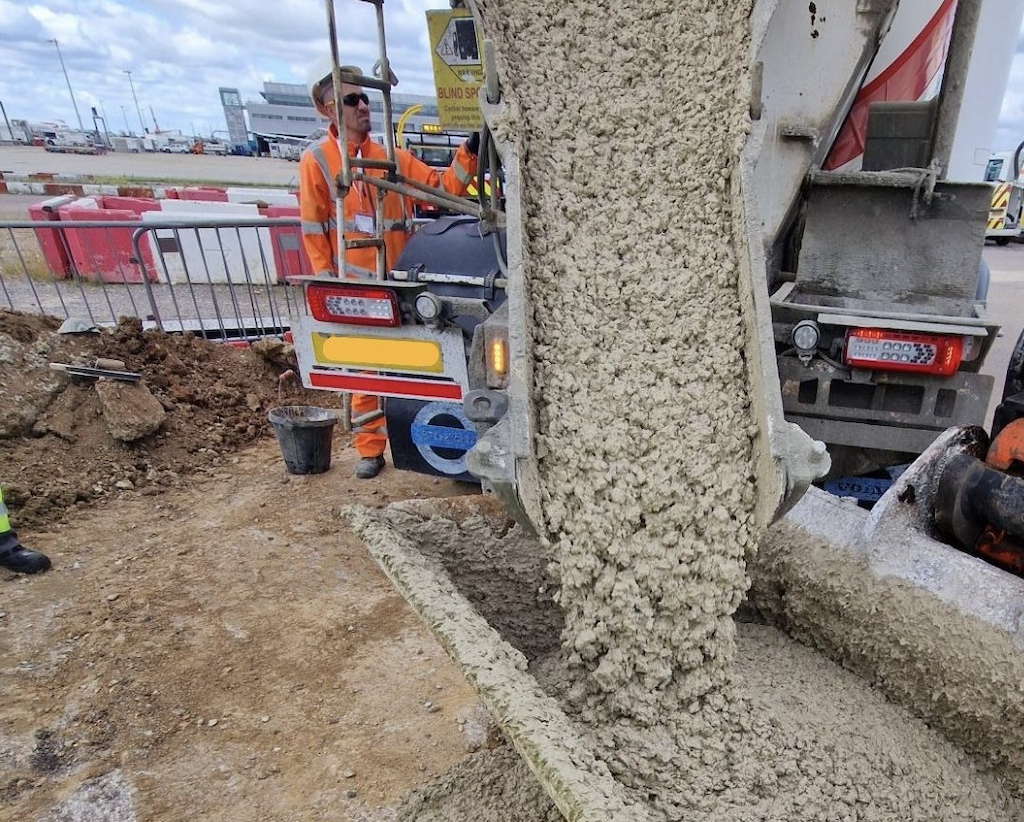






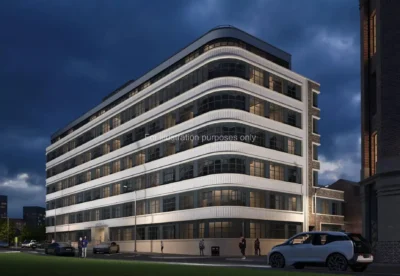
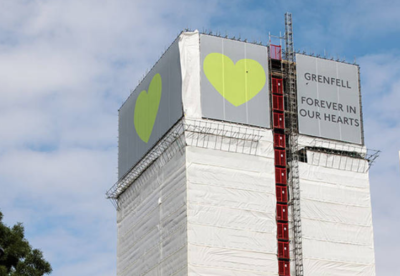



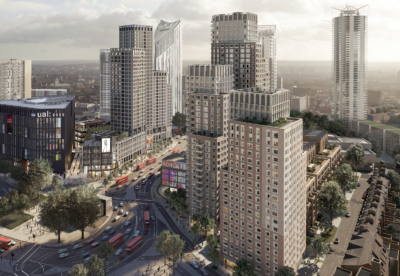

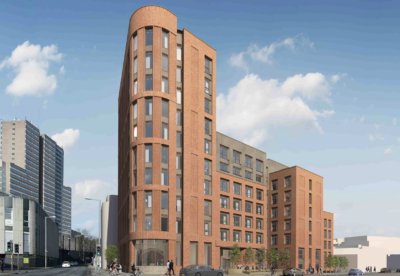


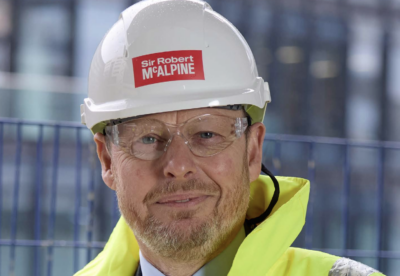
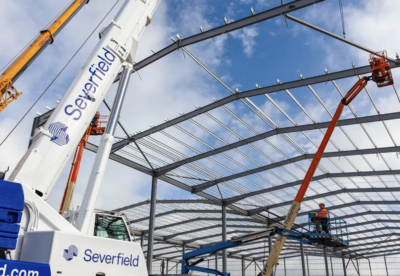
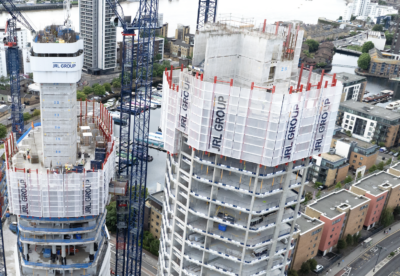
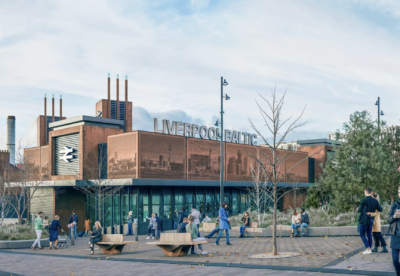
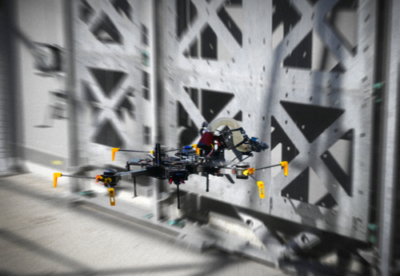

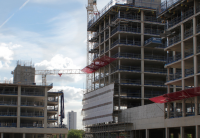

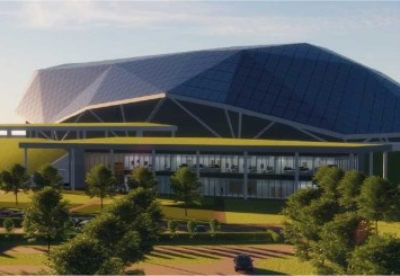

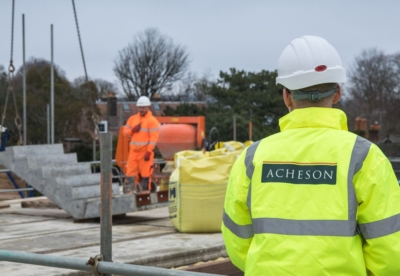
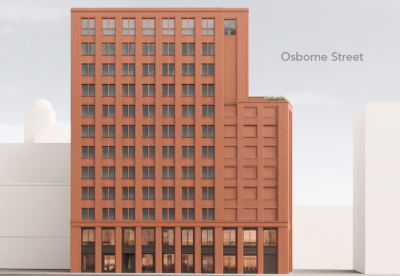
 (300 x 250 px).jpg)
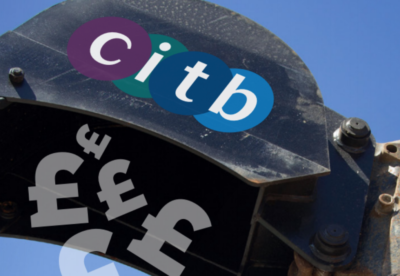
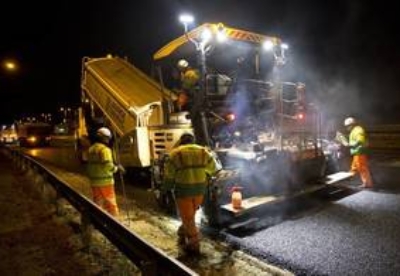


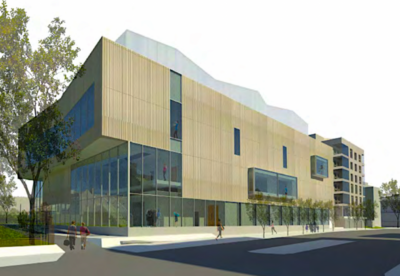
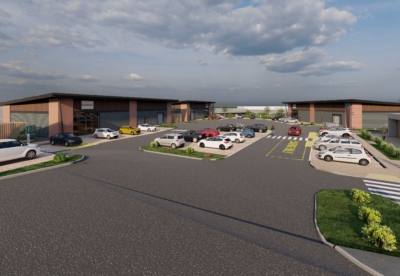








.gif)


